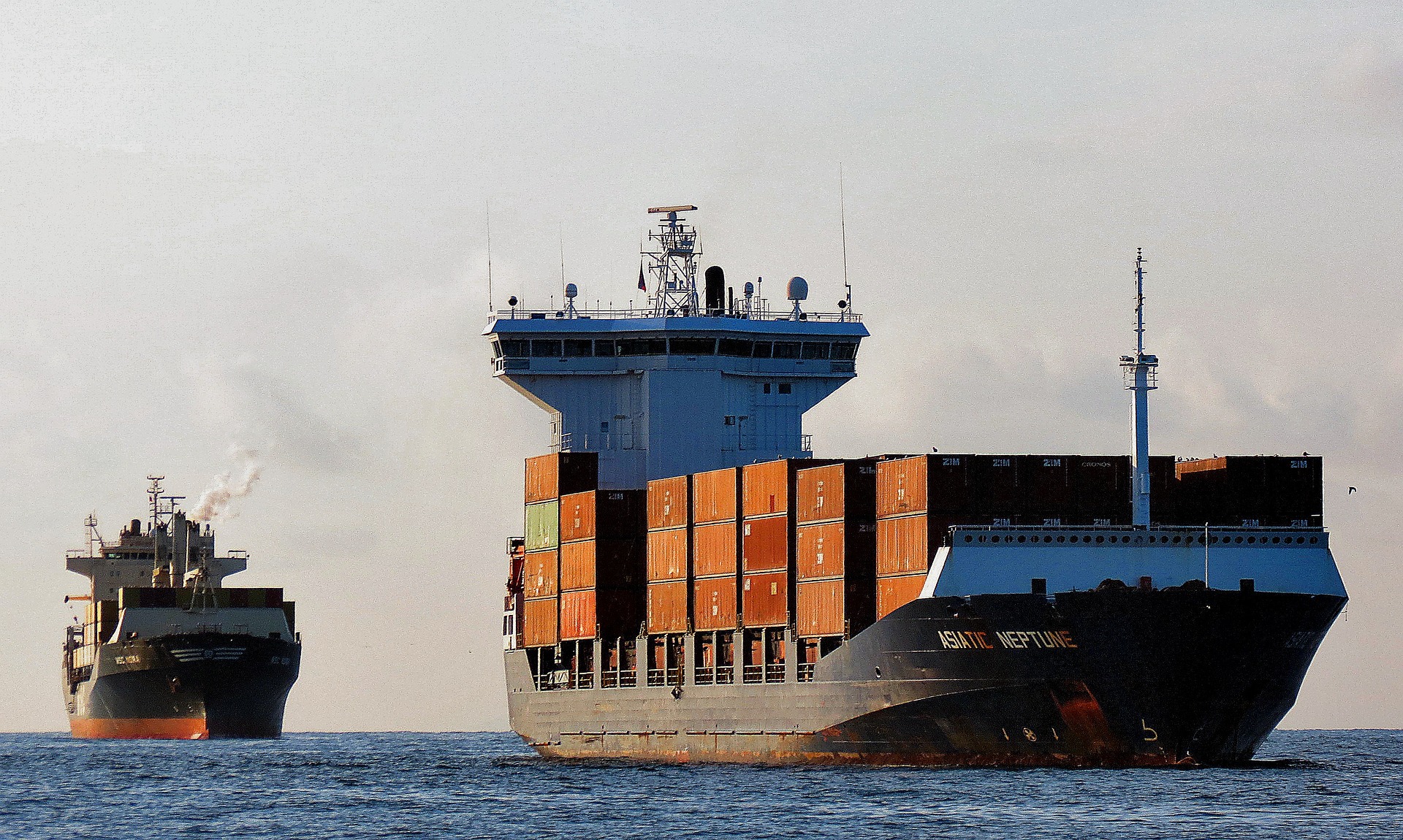Germany is exporting less and less plastic waste abroad. In 2023, a good 694,000 tons of plastic waste were exported in this country. As reported by the Federal Statistical Office (Destatis) on World Oceans Day on June 8, the amount of plastic waste exported has almost halved in the last ten years (-48%). One reason for this is the import restrictions imposed by some Asian countries on plastic waste. In 2013, a good 1.3 million tons were exported from Germany. Compared to 2022, the volume of plastic waste exports decreased by 8% in 2023.
The Netherlands is the most important buyer of plastic waste from Germany

Most plastic waste from Germany was exported to the Netherlands last year. At just under 131,600 tons, almost a fifth (19%) of all plastic waste exported went to the neighbouring European country, which has an important transhipment point for sea freight in the port of Rotterdam. With Malaysia in second place in 2023, an Asian country was once again among the three most important consumers of plastic waste – in contrast to the two previous years. A good 90,500 tons of plastic waste were exported there from Germany – around a third (34%) more than in the previous year. Turkey followed in third place with a good 87,100 tons.
Germany is the EU’s largest exporter of plastic waste
Against the backdrop of plastic swirls in the world’s oceans and the global spread of microplastics, the international community is also concerned about how to deal with plastic waste. In an EU comparison, Germany still exported the largest amount of plastic waste in 2023. According to the EU statistics authority Eurostat, the second largest exporter of plastic waste in the European Union (EU) was the Netherlands with a good 550,500 tons, followed by Belgium with an export volume of just under 436,400 tons.
Image: Exports of plastic waste from Germany are falling. Graphic: Destatis

